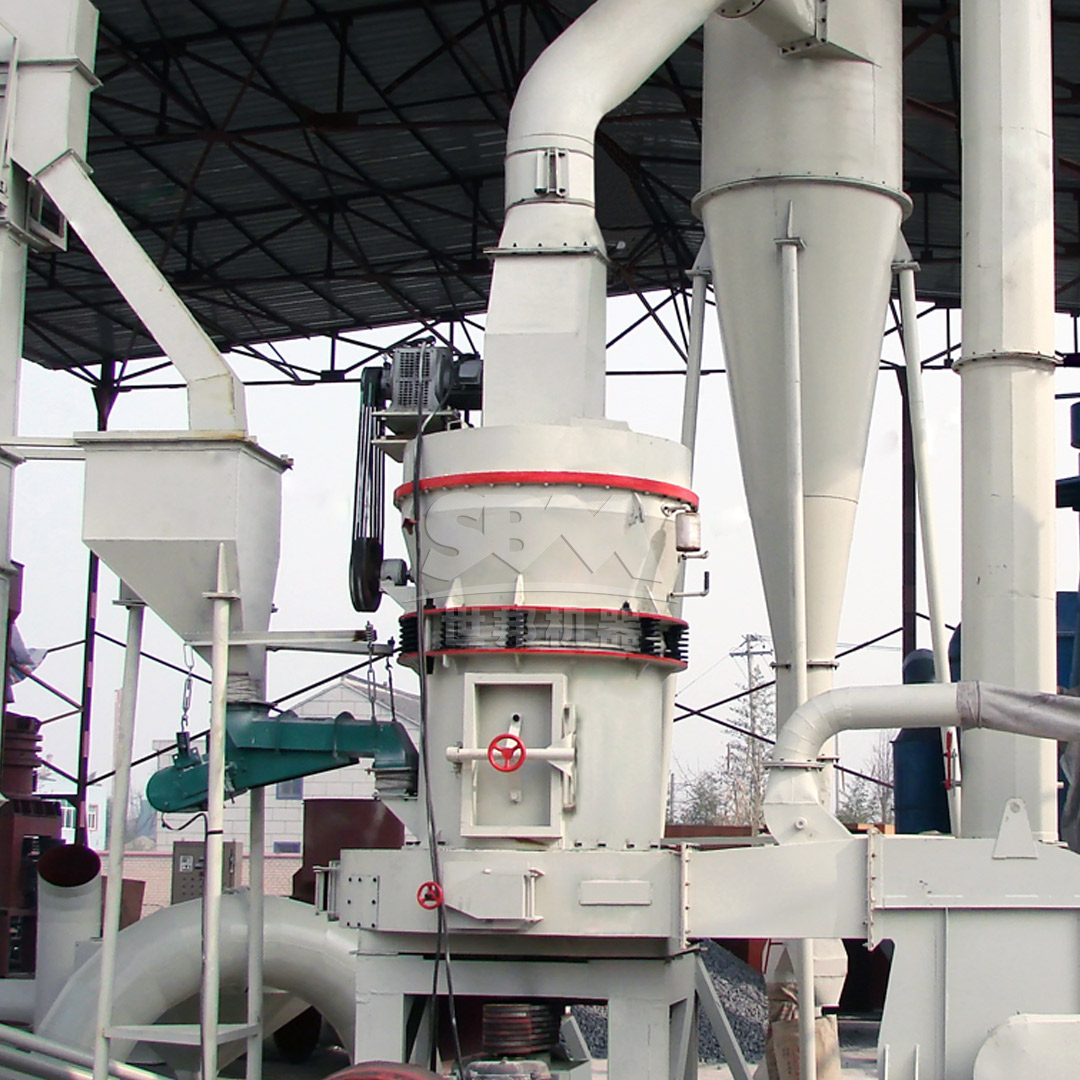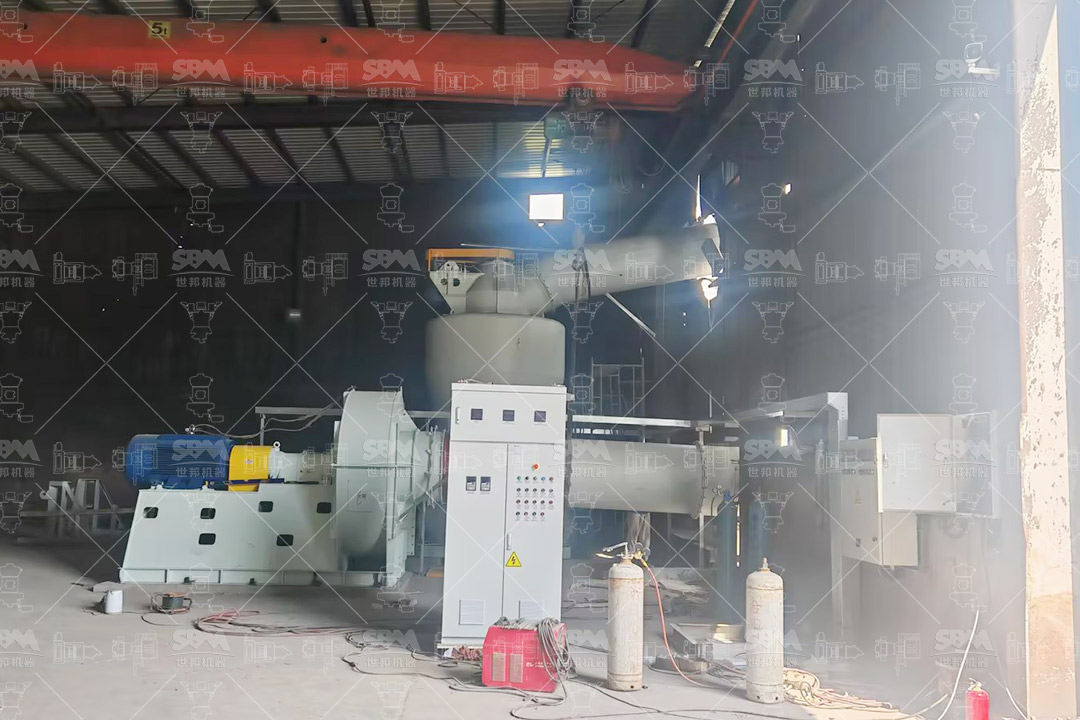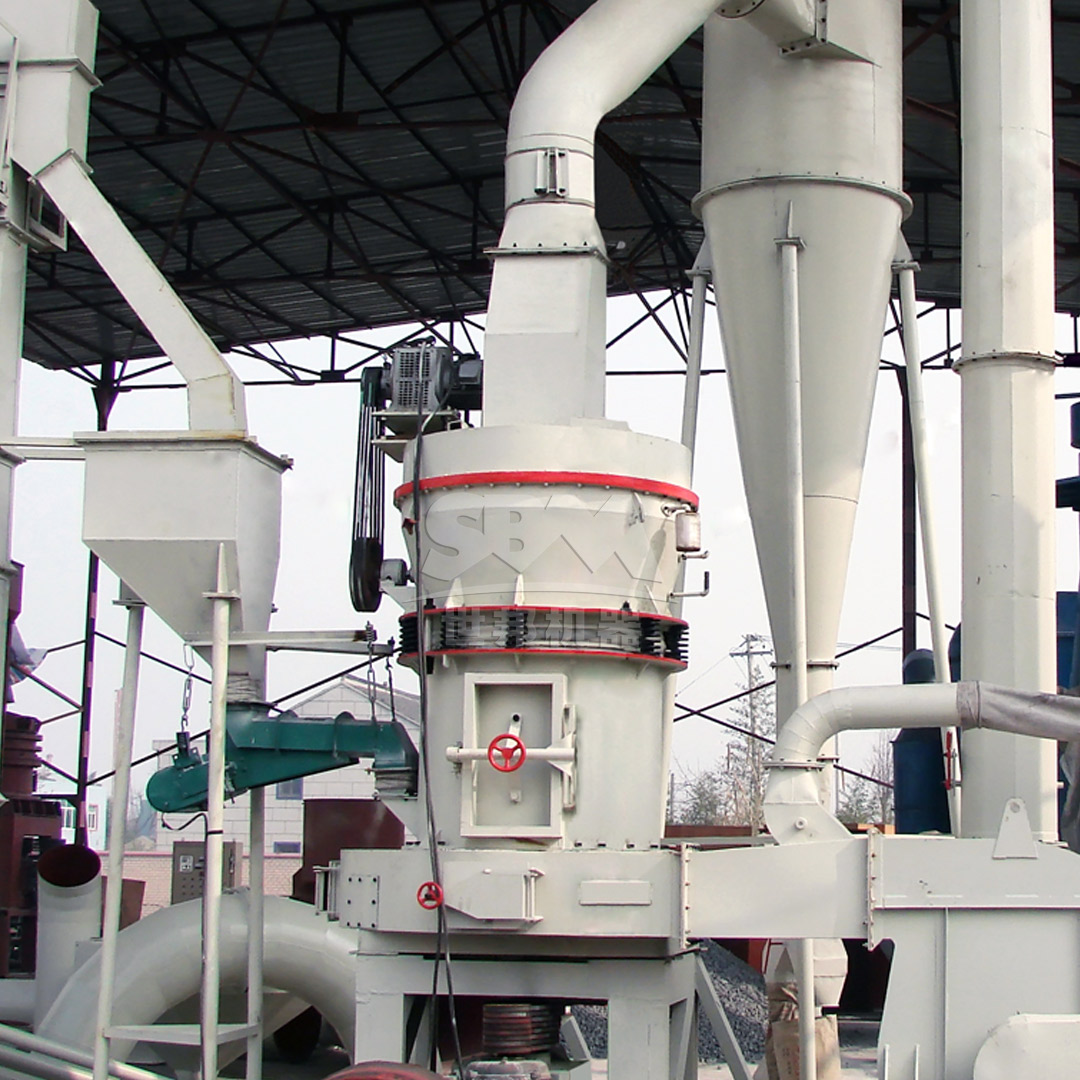The production of high-quality frit and enamel requires precise control over raw material properties, particularly the particle size distribution of feldspar. As a key fluxing agent and glass former, feldspar’s grinding quality directly impacts the final product’s melting behavior, surface quality, and mechanical properties. This article explores the technical requirements for feldspar grinding in frit and enamel applications and presents optimized solutions for achieving superior product quality.
For frit production, feldspar typically requires grinding to 200-325 mesh (74-44μm), while enamel applications often demand finer particles ranging from 325-1250 mesh (44-10μm). The particle size distribution must be tightly controlled to ensure uniform melting and consistent surface properties.
| Application | Required Fineness | Tolerance | Moisture Content |
|---|---|---|---|
| Frit Production | 200-325 mesh | ±5% | <0.5% |
| Enamel Production | 325-1250 mesh | ±3% | <0.3% |
| Specialty Enamel | 1250-2500 mesh | ±2% | <0.2% |
Beyond particle size, feldspar for frit and enamel must maintain chemical purity with minimal iron contamination. The grinding process must prevent metallic contamination while achieving the required surface area and particle morphology for optimal glass formation.

Feldspar’s Mohs hardness of 6-6.5 presents significant challenges for grinding equipment. The abrasive nature of feldspar causes rapid wear on grinding components, leading to contamination and inconsistent particle size distribution if not properly addressed.
During grinding, feldspar can generate substantial heat, potentially altering its crystalline structure and affecting its fluxing properties. Effective heat management is crucial for maintaining product quality.
Feldspar’s natural moisture content must be reduced to below 0.5% for frit production and below 0.3% for enamel applications. Integrated drying and grinding systems are essential for achieving these specifications.
For enamel production requiring ultra-fine feldspar powders (325-2500 mesh), the SCM Ultrafine Mill represents the optimal solution. This advanced grinding system delivers exceptional performance with output fineness ranging from 325-2500 mesh (D97≤5μm), making it ideal for high-quality enamel production where precise particle size control is critical.
| Model | Capacity (ton/h) | Power (kW) | Output Fineness | Recommended Application |
|---|---|---|---|---|
| SCM800 | 0.5-4.5 | 75 | 325-2500 mesh | Laboratory & Small Batch |
| SCM1000 | 1.0-8.5 | 132 | 325-2500 mesh | Standard Enamel Production |
| SCM1250 | 2.5-14 | 185 | 325-2500 mesh | Medium Scale Production |
| SCM1680 | 5.0-25 | 315 | 325-2500 mesh | Large Scale Industrial |
The SCM series incorporates vertical turbine classifiers that enable precise particle size切割, ensuring no coarse powder contamination in the final product. Its special material roller and grinding ring design extends component life by several times, significantly reducing maintenance costs and metallic contamination risks.
For frit production applications requiring 30-325 mesh feldspar powder, the MTW Series Trapezium Mill offers an efficient and reliable solution. With capacity ranging from 3-45 tons per hour, this mill is perfectly suited for medium to large-scale frit manufacturing operations.
The MTW series features anti-wear shovel design with combined shovel pieces that reduce maintenance costs, and curved air channel optimization that minimizes energy loss while improving transmission efficiency. The bevel gear integral transmission achieves 98% transmission efficiency, saving space and reducing installation costs.

Modern feldspar grinding systems incorporate integrated drying capabilities to handle moisture content variations in raw materials. Hot air systems with precise temperature control ensure moisture reduction to required levels without thermal degradation of the feldspar.
Advanced classification systems, particularly the vertical turbine classifiers found in the SCM Ultrafine Mill, enable precise control over particle size distribution. This technology allows manufacturers to target specific particle size ranges optimal for their particular frit or enamel formulation.
Special attention must be paid to preventing iron contamination during grinding. Ceramic-lined components, non-metallic contact surfaces, and magnetic separation systems ensure the final feldspar powder meets the strict purity requirements of high-quality frit and enamel production.
The SCM Ultrafine Mill demonstrates remarkable energy efficiency, offering 30% lower energy consumption compared to conventional jet mills while providing double the production capacity. This efficiency translates to significant operational cost savings, particularly important in energy-intensive grinding operations.
Both the SCM and MTW series incorporate design features that extend maintenance intervals and reduce downtime. The SCM’s bearing-free screw grinding chamber and the MTW’s combined shovel design significantly reduce wear part replacement frequency and associated maintenance costs.
| Cost Factor | Traditional Mills | SCM/MTW Mills | Reduction |
|---|---|---|---|
| Energy Consumption | 100% | 70% | 30% |
| Wear Part Replacement | 100% | 40% | 60% |
| Maintenance Labor | 100% | 50% | 50% |
| Product Quality Rejects | 100% | 20% | 80% |
Modern feldspar grinding systems incorporate advanced pulse dust collection technology with efficiency exceeding international standards. Fully enclosed negative pressure operation ensures no dust leakage, protecting both workers and the environment.
With noise levels below 75dB for the SCM series and comprehensive noise reduction systems in the MTW series, these grinding solutions create a safer working environment while meeting stringent workplace safety regulations.

Manufacturers implementing the SCM Ultrafine Mill for enamel-grade feldspar report consistent achievement of target particle size distributions with D97 ≤ 5μm. The high-precision classification system ensures uniform particle size, resulting in improved enamel surface quality and reduced defect rates.
Users of the MTW Series Trapezium Mill for frit production note significant improvements in melting behavior and chemical homogeneity due to the consistent particle size distribution achieved through the mill’s advanced grinding and classification system.
The integration of IoT technology and AI-based optimization algorithms represents the next frontier in feldspar grinding. Smart control systems that automatically adjust grinding parameters based on real-time quality monitoring will further enhance product consistency and operational efficiency.
Future developments will focus on reducing the carbon footprint of feldspar grinding through improved energy recovery systems and the use of renewable energy sources to power grinding operations.
Optimizing feldspar grinding is essential for producing high-quality frit and enamel products. The selection of appropriate grinding technology, particularly advanced systems like the SCM Ultrafine Mill for ultra-fine applications and the MTW Series Trapezium Mill for general frit production, enables manufacturers to achieve precise particle size control while maintaining economic viability. As industry demands for higher quality and greater efficiency continue to grow, investing in advanced grinding technology becomes increasingly crucial for maintaining competitive advantage in the global frit and enamel markets.